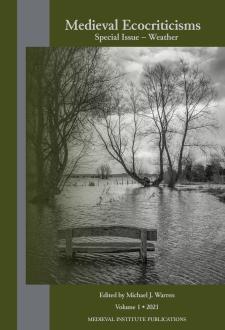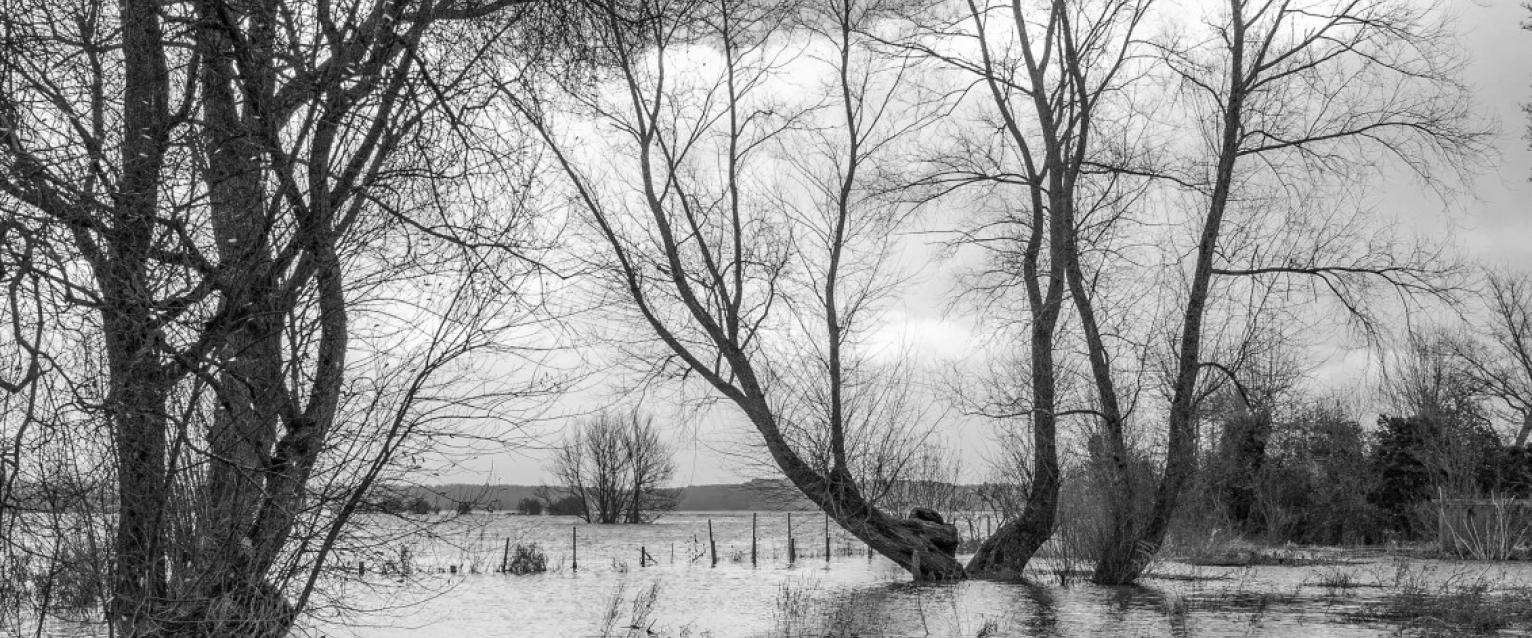Newsletter Feature: February 2022
By Heide Estes, co-editor of "Medieval Ecocriticisms"
In 2004, I was at a pretty low point in terms of my scholarly trajectory. I was on sabbatical working on a book that had attracted interest from a publisher, but then got dropped when a competing book (sort of!) came out. Beginning with my dissertation, I’d been working on the topic in some form or another for ten years, and I was discouraged and frustrated.
And then I came across an article that took an environmental approach to literature. I wish I could remember what it was—maybe an article by Margaret Gelling on the landscape of "Beowulf," or Sarah Stanbury’s article on EcoChaucer. I was also reading the Old English poem "Guthlac" at the time, because I’d never gotten around to it, and it hit me like a flash of lightning: I could write about wilderness in "Guthlac."
I’d been interested in environmental issues for a long time by then. Just after I graduated from college, the tenth anniversary edition of Frances Moore Lappe’s book, "Diet for a Small Planet" came out, and my mother bought me a signed copy. I read with grim fascination about the industries, rather than farms, that produce beef and other meats, the fact that it takes three pounds of feed to yield a pound of chicken or eggs—and sixteen pounds of grain to produce a pound of beef—as well as large quantities of water and fossil fuels. I was horrified to learn that people in developing nations were going hungry because of large global corporations controlling agricultural production and using it to grow meat for export to the United States, Europe, and Japan. I stopped eating beef, and then over the years I stopped eating other kinds of meat, and eventually dairy and eggs. In grad school in New York City in the late 1980s and then 1990s, I needed to take asthma medication before I could go for a run because of the air pollution, and I also got interested in the various kinds of damage fossil fuel industries do to air quality and water quality.
So the realization, in 2005, that I could connect my scholarship with the environmental issues that I’d been interested in, even passionate about, for years was a joyous discovery.
The funny part: my sabbatical was at the University of Cambridge, where I was a visiting researcher with the department of Anglo-Saxon, Norse, and Celtic. I’d wanted to go to England because so many primary and secondary texts in early medieval studies are hard to get in the United States. While working on my dissertation, I spent many hours in the New York Public Library reading obscure publications that the New York University library didn’t carry.
But now I discovered that many of the books and articles that had been published on ecocriticism by that time had been published in North America and were very difficult to get my hands on, even at the British Library or the Cambridge University Library. And the first Kindle didn’t launch until 2007. But there was enough for me to draft a talk I gave at the ASNC graduate seminar on wilderness in "Guthlac" and "Genesis," and that was the beginning.
In 2012, I registered “Medieval Ecocriticisms” as a society with the International Congress on Medieval Studies and proposed a paper session. It took me until 2017 to finish the book that developed out of that first paper, "Anglo-Saxon Literary Landscapes." And in 2021, with Michael J. Warren and Ilse Schweitzer VanDonkelaar as co-editors and Medieval Institute Publications as the publisher, we finally launched Medieval Ecocriticisms as a journal.
About "Medieval Ecocriticisms"
In recent years, medieval studies has seen a flourishing of new ecocritical and environmental inquiries to literature, art, and culture. These new approaches, drawing upon the material, spatial, and post-human turns in humanities research, have directed scholarly attention to representations and histories of the non-human, and to the inarguable necessity of studying both human/human and human/non-human interactions in texts and cultures. "Medieval Ecocriticisms" is the first regular venue dedicated to medieval ecocritical studies, and seeks out the most current and innovative interdisciplinary approaches to the study of literature and the environment in the global Middle Ages.
The journal is dedicated to publishing yearly journal issues, sometimes thematic, covering a wide and inclusive spectrum of approaches and methods in interdisciplinary ecocritical studies, including: ecofeminism and new ecocritical analyses of under-represented literatures; queer ecologies; posthumanism; waste studies; landscape studies; maritime studies and blue humanities; studies of environmental catastrophe and change and their effects on pre-modern cultures; as well as more traditional approaches that, nonetheless, are concerned with the ecological and environmental in some way. The board is open to submissions in literary and cultural studies, philosophy, environmental history, art history, environmental archaeology, zooarchaeology, and beyond.
The first issue, a special issue on "Medieval Weathers," was published in December 2021 and is now available to subscribers on MIP's ScholarWorks page. Michael J. Warren's introduction to that issue is available open access on ScholarWorks!




